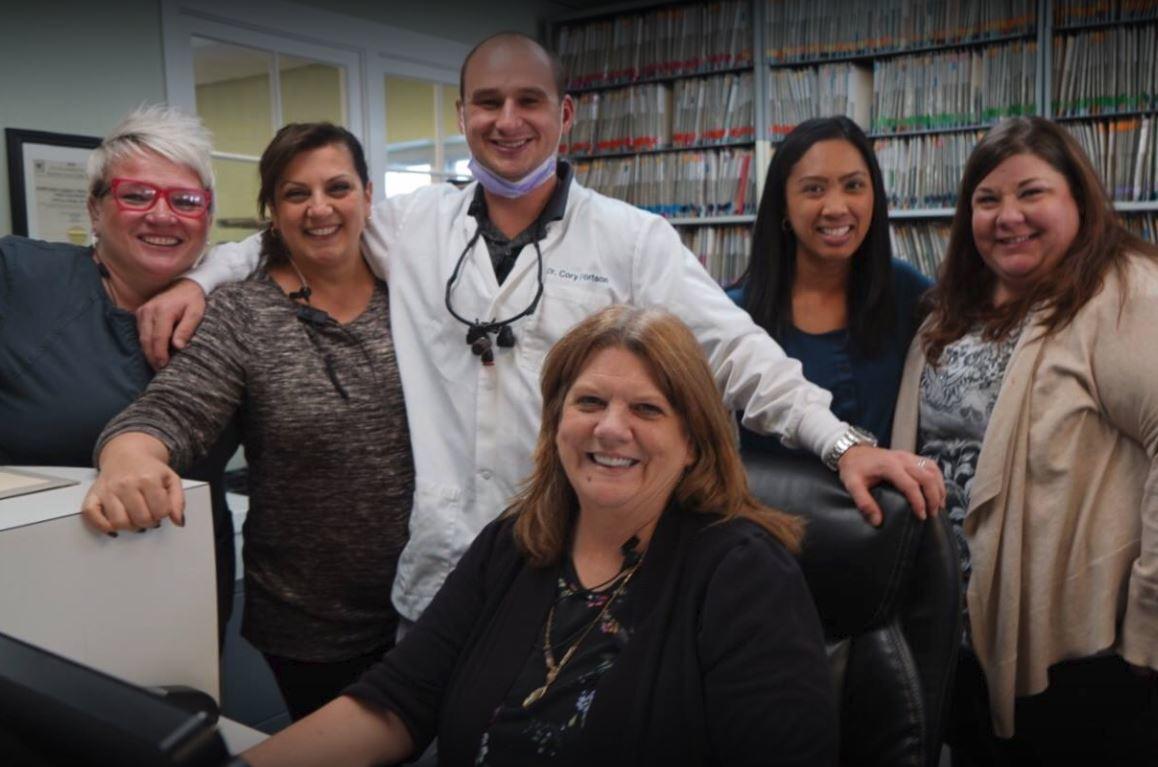What Does a Dry Socket Look & Feel Like?
If you have experience with a dental extraction, you know there is a risk of a dry socket after your procedure. While the risk is small, only 2% to 5% of people experience a dry socket, it is not an enjoyable experience. Most patients will do everything possible to prevent a dry socket, but sometimes it can occur even after doing everything right.
A socket is the opening in the bone where the tooth has been extracted. Once the tooth is removed, a blood clot forms to shield the bone and nerves. If the blood clot is dislodged, that leaves the bone and nerve exposed, causing a dry socket.
What does a dry socket look like?
It can be difficult to see a dry socket, especially when they are far back in your mouth from wisdom teeth removal. Though it is difficult, it isn’t impossible. If you can see where your tooth or teeth were removed, a dry socket would appear white. The white means you are seeing bone since the blood clot in the socket has gone away. It is also possible that the socket can appear black, green, or yellow if the clot has dispersed due to bacteria or infection.
What does a blood clot after tooth extraction look like?
Again, it may be difficult to see the extraction site. If you can see it, a healthy blood clot will initially look like a dark red colored scab. As the extraction site heals, white gelatinous tissues will start to form over it, and it will be fully healed in seven to ten days if there are no complications.
What does a dry socket feel like?
Even if you cannot see a dry socket, you will likely notice some symptoms of a dry socket. The feeling of a dry socket can vary based on the patient. The most likely symptom of a dry socket will be severe pain. The pain may be centralized to where your tooth was removed. It is also possible for the pain to spread upward to your temple, eye, or ear or down toward your neck. You may feel like you have a foul taste in your mouth if you have a dry socket as well. A dry socket may cause you to feel warm as it can cause a slight fever.
Is it easy to dislodge a blood clot after tooth extraction?
If you do not follow your dental team’s recommendations following a tooth extraction, it can be easy to dislodge a blood clot. Common recommendations following a tooth extraction include:
Do not drink from a straw
It is suggested that you do not drink through a straw after your extraction. The suction of drinking from a straw can be enough to cause a blood clot to become dislodged.
Avoid hard and crunchy foods
Chewing hard and crunchy foods can also cause a dry socket to become dislodged. Instead, opt for soft foods after a tooth extraction, such as applesauce, yogurt, and eggs.
Skip warm and carbonated drinks
A blood clot is more likely to become dislodged if you drink warm and carbonated beverages after your tooth extraction. Avoid drinking these types of beverages for a week to allow for healing.
Sneezing and coughing can also cause a blood clot to become dislodged. While there is not much that can be done to avoid these, it is important to recognize that they can also be responsible for a blood clot being dislodged.
How to know if a blood clot has dislodged after tooth extraction?
If a blood clot becomes dislodged after a tooth extraction, you may experience bleeding. After an extraction, bleeding is normal for the first 24 hours. If you experience excessive bleeding after the 24-hours, it is likely the clot has dislodged.
Additionally, you will likely experience pain in your mouth, eye, ear, temple, or neck, as we previously mentioned. A dislodged socket can also lead to bad breath or a nasty smell from your mouth.
Does a dry socket heal on its own?
Yes, a dry socket can heal on its own. Despite being able to heal independently, it is recommended that you see your dentist, especially if you are in severe pain. A dental professional can provide you with oral antibiotics for infection and put medication into the open socket to help it heal. They may also be able to provide you with pain relievers if your pain is severe.
If you are in pain after a tooth removal procedure, do not hesitate to contact our office. We are here to help you heal from your procedure!

Fortson Dentistry’s staff provides high-quality dental services to our patients in Southeast Michigan from our five locations.
